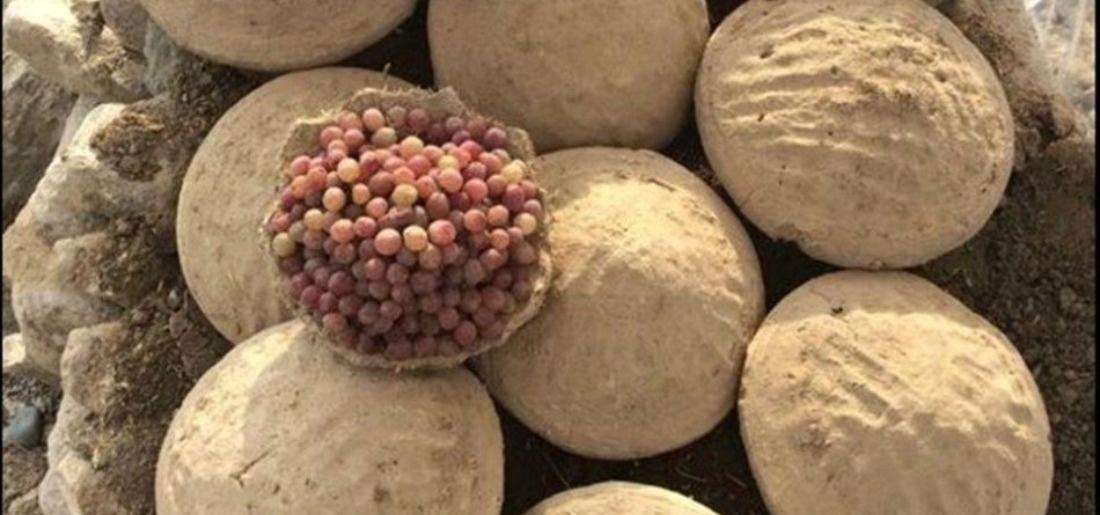Hello there! Today, we’re going to discuss a fascinating topic that relates to off-grid living. Have you ever wondered if it’s possible to preserve fruit using clay? Well, we’re about to dive into an ancient technique that might just surprise you. Throughout this article, you’ll learn all about this method and how it can be useful for those living off-grid. So, let’s get started!
Preserving Fruit in Clay: An Ancient Technique for Off-Grid Living
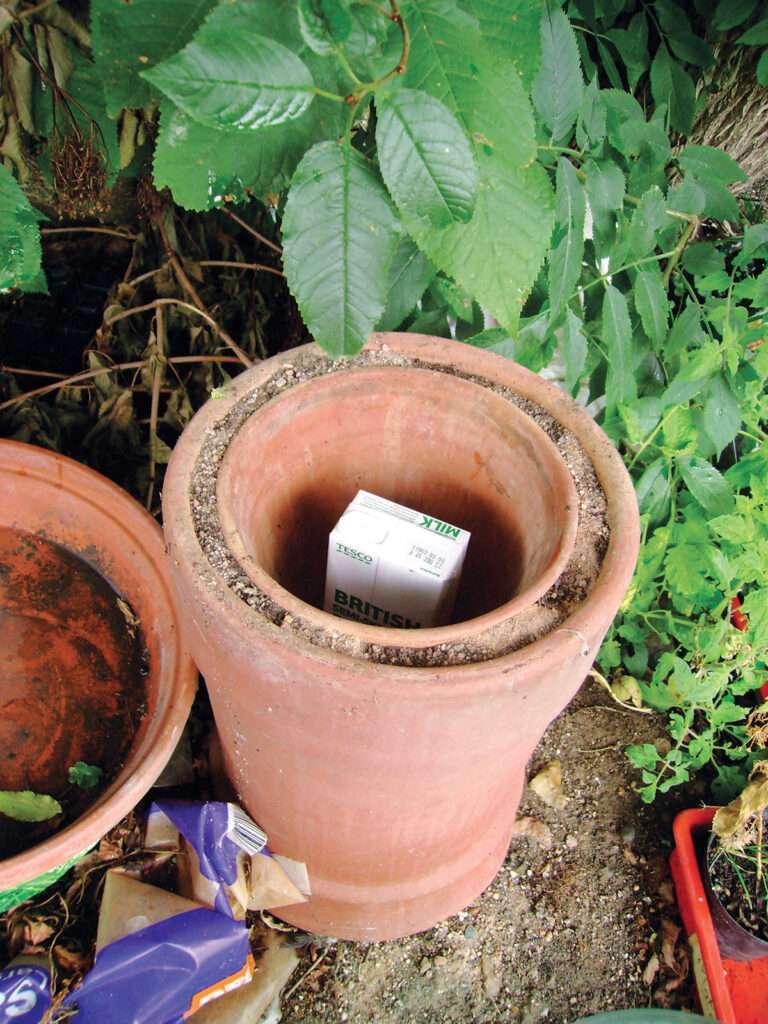
Introduction to Preserving Fruit in Clay
Off-grid living has gained popularity in recent years as people seek a more sustainable and self-sufficient lifestyle. One aspect of this lifestyle is preserving food without the use of modern appliances or electricity. Preserving fruit in clay is an ancient technique that has been used for centuries to keep fruits fresh for longer periods. In this article, we will explore the benefits of off-grid living, the science behind clay preservation, and provide a step-by-step guide to preserving fruit in clay.
The Benefits of Off-Grid Living
Living off-grid offers numerous benefits, both for individuals and the environment. By reducing reliance on public utilities such as electricity and water, off-grid living promotes self-sustainability and independence. It allows individuals to control their energy consumption, reduce their carbon footprint, and lower their overall environmental impact. Additionally, off-grid living can lead to a simpler and more fulfilling lifestyle, fostering a deeper connection to nature and promoting a sense of self-sufficiency.
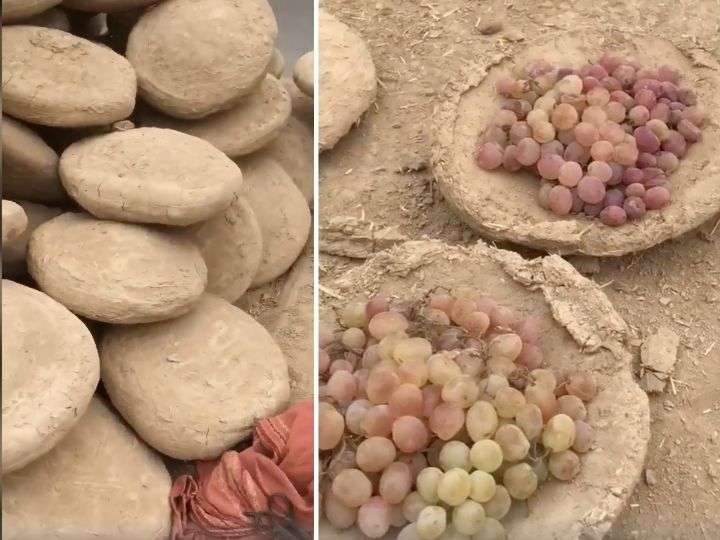
Understanding Clay as a Preservation Method
Preserving fruit in clay is a simple yet effective method of keeping fruits fresh for extended periods. Clay pots have been used for centuries as a natural and breathable storage medium. The porous nature of clay allows fruits to breathe, preventing excessive moisture buildup and maintaining optimal humidity levels. This creates an environment that slows down the decay process, keeping fruits fresh for longer without the need for refrigeration.
Clay as a Natural and Sustainable Option
One of the key advantages of preserving fruit in clay is its natural and sustainable nature. Clay pots are made from readily available materials, such as clay and water, which can be sourced locally. Unlike plastic or metal containers, clay is a renewable resource that does not contribute to environmental pollution or waste. Additionally, clay pots can be reused multiple times, making them a cost-effective and eco-friendly option for preserving fruit.
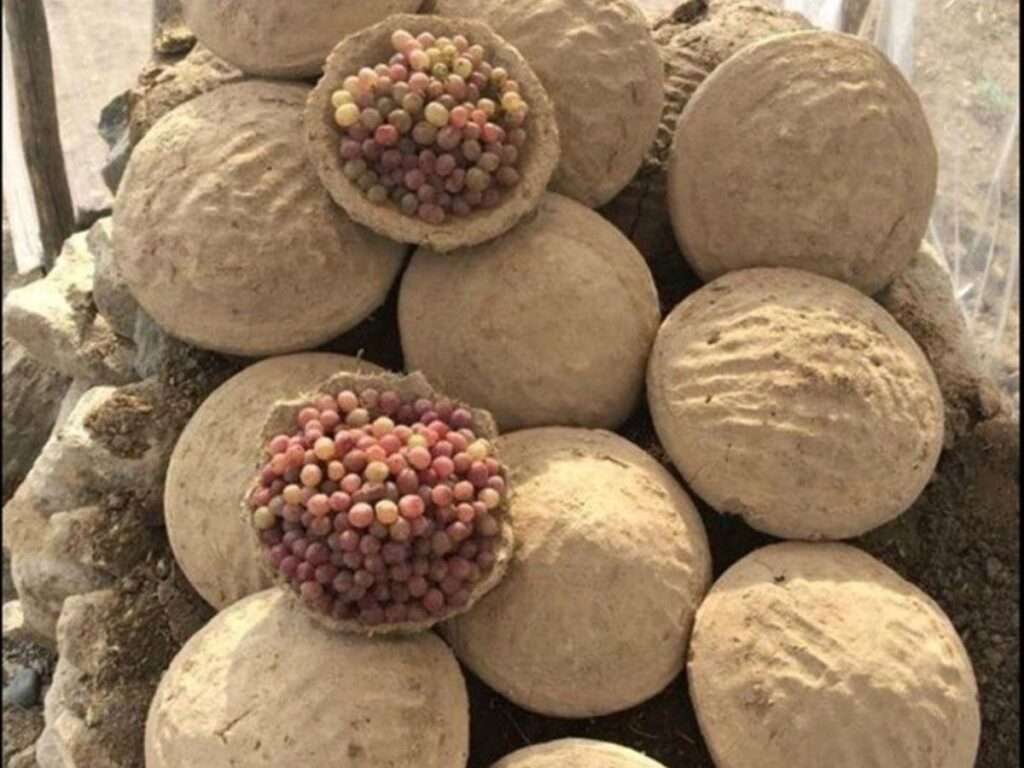
The Science behind Clay Preservation
The science behind clay preservation lies in the unique properties of clay as a material. Clay is made up of fine particles that create a porous structure when fired at high temperatures. This structure allows air and moisture to pass through, while still providing a protective barrier against external elements. When fruits are stored in a clay pot, the clay absorbs excess moisture from the fruit, preventing it from rotting. At the same time, the porous nature of clay allows for air circulation, keeping the fruit fresh.
Step-by-Step Guide to Preserving Fruit in Clay
Choosing the Right Clay
To preserve fruit in clay, it’s important to choose the right type of clay. Look for natural clay without any additives or chemicals. Clay that has been fired at high temperatures is ideal, as it is more durable and less prone to cracking. You can find clay pots specifically designed for food preservation, or you can make your own clay pot using a simple mold.
Gathering and Preparing the Fruits
Before preserving, gather fresh, ripe fruits that are in good condition. Avoid fruits that are overripe or bruised, as they may not preserve well. Wash the fruits thoroughly to remove any dirt or debris. Allow them to dry completely before proceeding to the next step.
Preparing the Clay Pot
If you’re using a pre-made clay pot, ensure it is clean and free from any debris. If you’re making your own clay pot, follow the instructions for molding and firing the clay. Once the pot is ready, soak it in water overnight. This helps to prevent the clay from absorbing moisture from the fruits during the preservation process.
Layering the Fruit and Clay
Start by placing a layer of fruits at the bottom of the clay pot. Arrange them in a single layer, ensuring that there is some space between each fruit. This allows for proper airflow and prevents fruits from touching each other, which can lead to faster decay. After the first layer of fruit, add a layer of clay, making sure to cover all the fruits. Repeat this process, alternating between fruit and clay layers until the pot is filled.
Sealing the Clay Pot
Once the pot is filled with alternating layers of fruit and clay, it’s time to seal it. Take a piece of clay and roll it into a thin rope. Place the rope around the rim of the pot and press it firmly to create a seal. This prevents air from entering the pot and maintains the optimal humidity levels for fruit preservation. Make sure the seal is tight and there are no gaps.
Curing and Storing the Clay Pot
After sealing the pot, allow it to cure for a few days in a cool and dry place. This helps the clay to harden and further enhance its preservation properties. Once cured, the clay pot can be stored in a cool and dark location, away from direct sunlight. Check the pot periodically to ensure the seal is intact and there is no mold growth. If any fruits show signs of spoilage, remove them immediately to prevent contamination of other fruits.
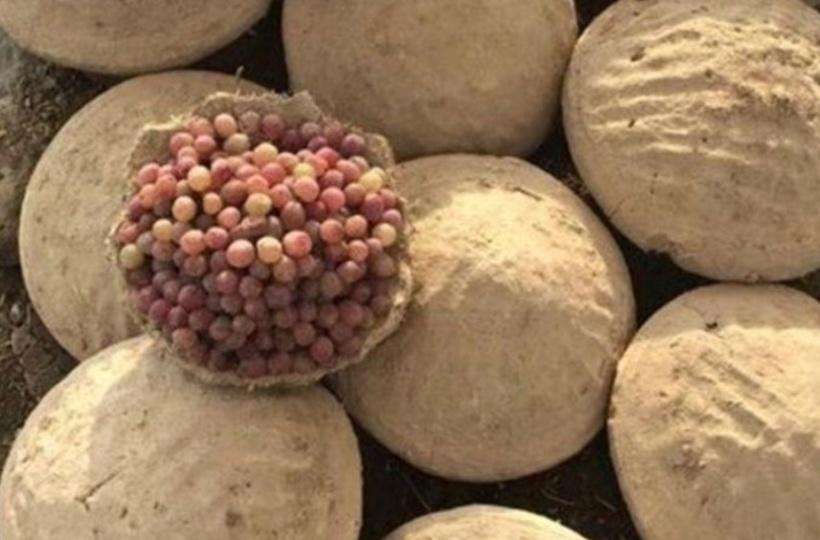
Tips and Tricks for Successful Clay Preservation
- Choose fruits that are in their prime and free from any bruises or damage.
- Avoid overpacking the clay pot, as it can lead to uneven preservation and spoilage.
- Store the clay pot in a cool and dark location to maintain optimal preservation conditions.
- Regularly check the pot for any signs of mold growth or spoilage and remove any affected fruits immediately.
- Wash the clay pot after each use with warm water and a mild detergent to ensure cleanliness.
Conclusion
Preserving fruit in clay is an ancient technique that offers a natural, sustainable, and off-grid method for keeping fruits fresh for longer periods. By understanding the science behind clay preservation and following a step-by-step guide, you can successfully preserve fruits without the need for modern appliances or electricity. Embracing this ancient technique allows you to connect with the past and lead a more self-sufficient and sustainable lifestyle. So, give it a try and enjoy the taste of preserved fruits all year round.


